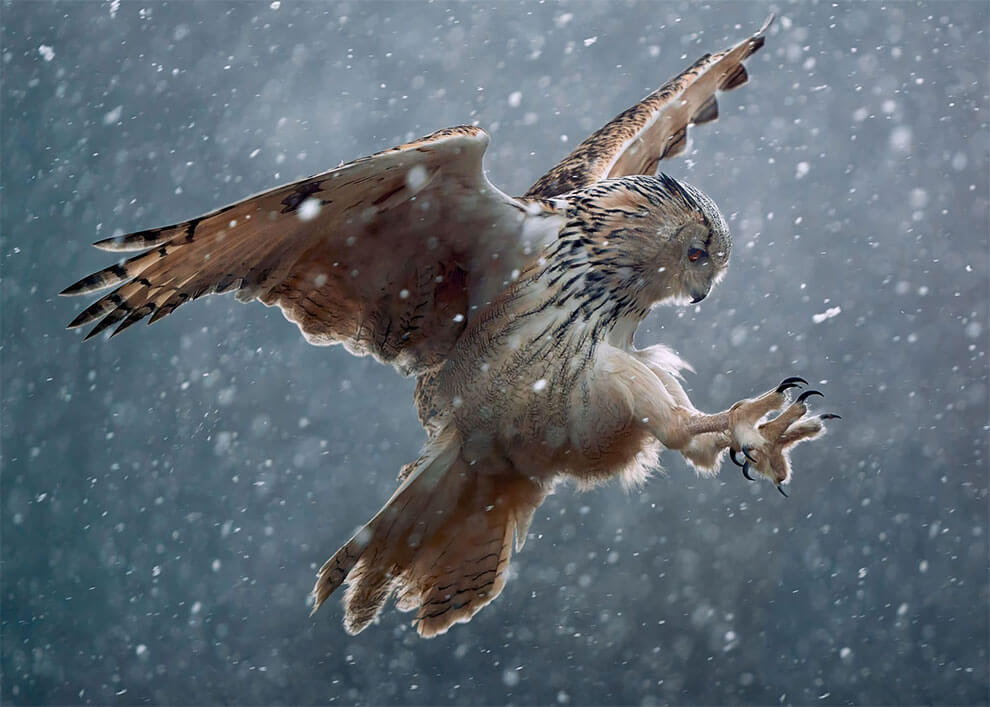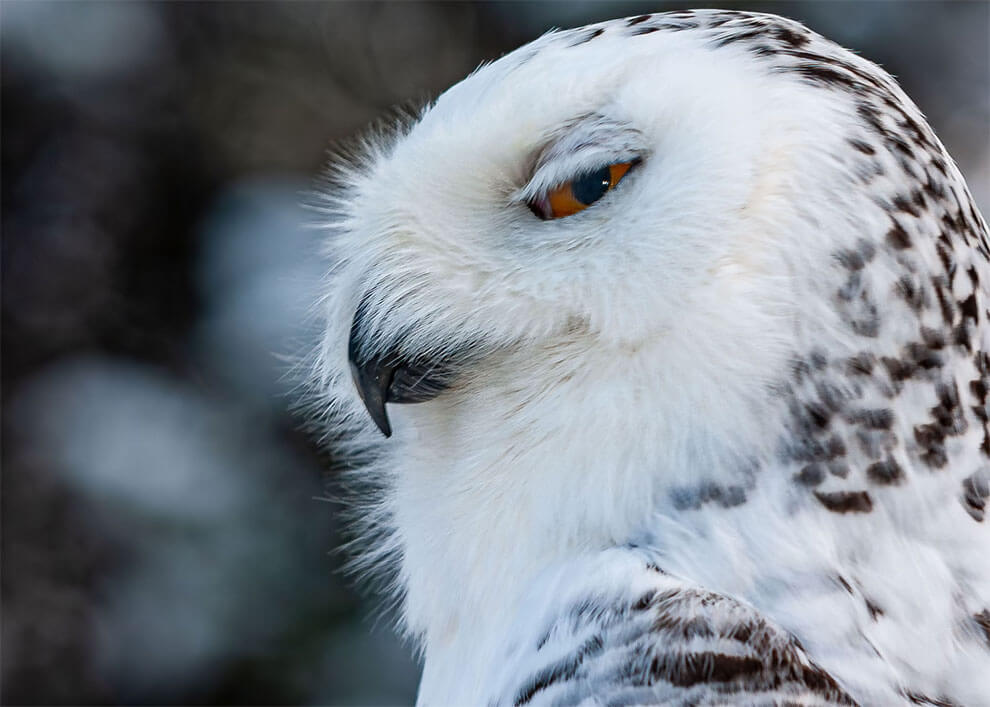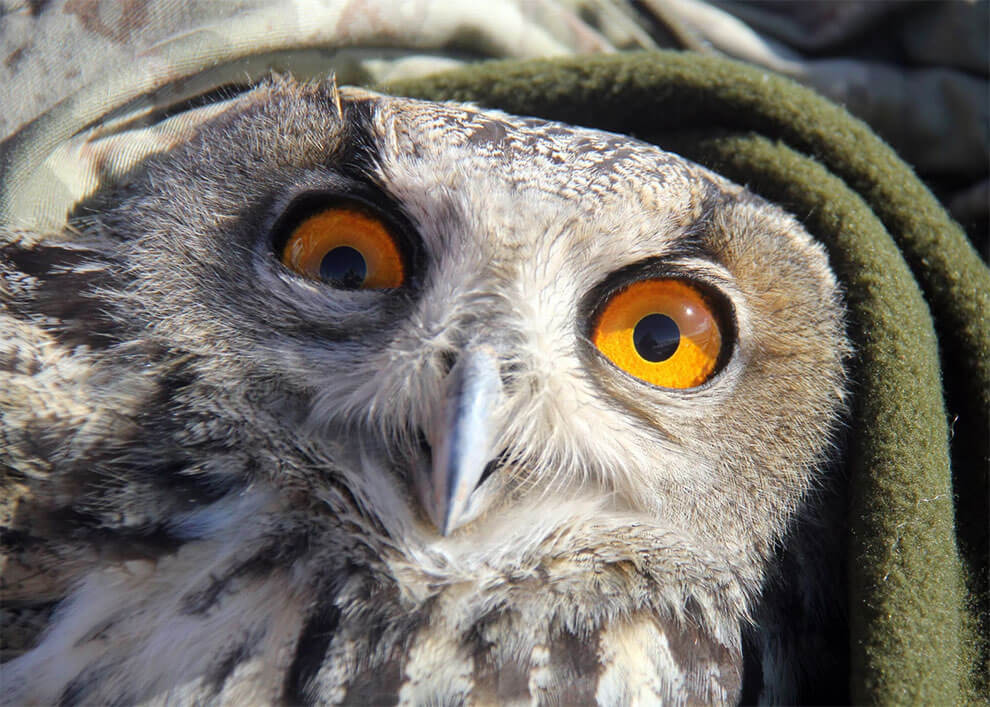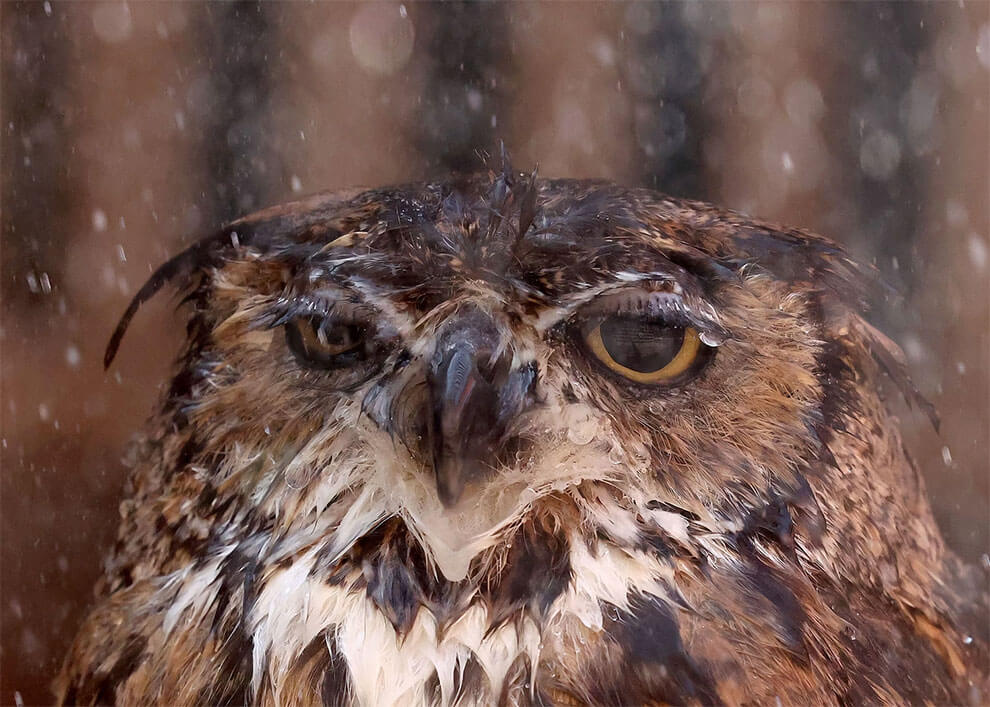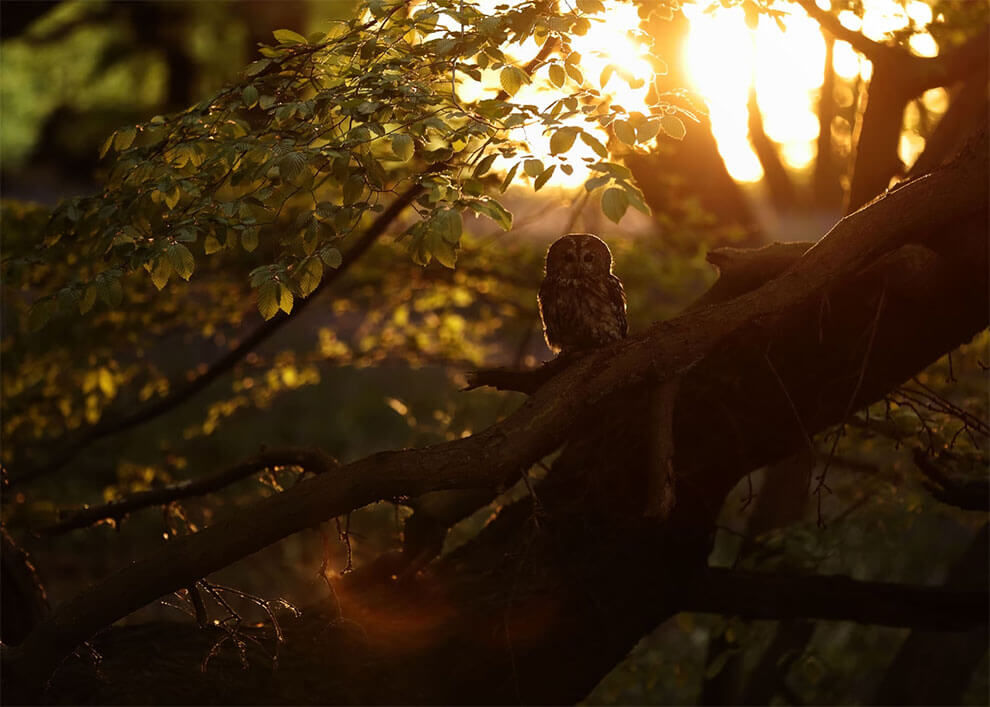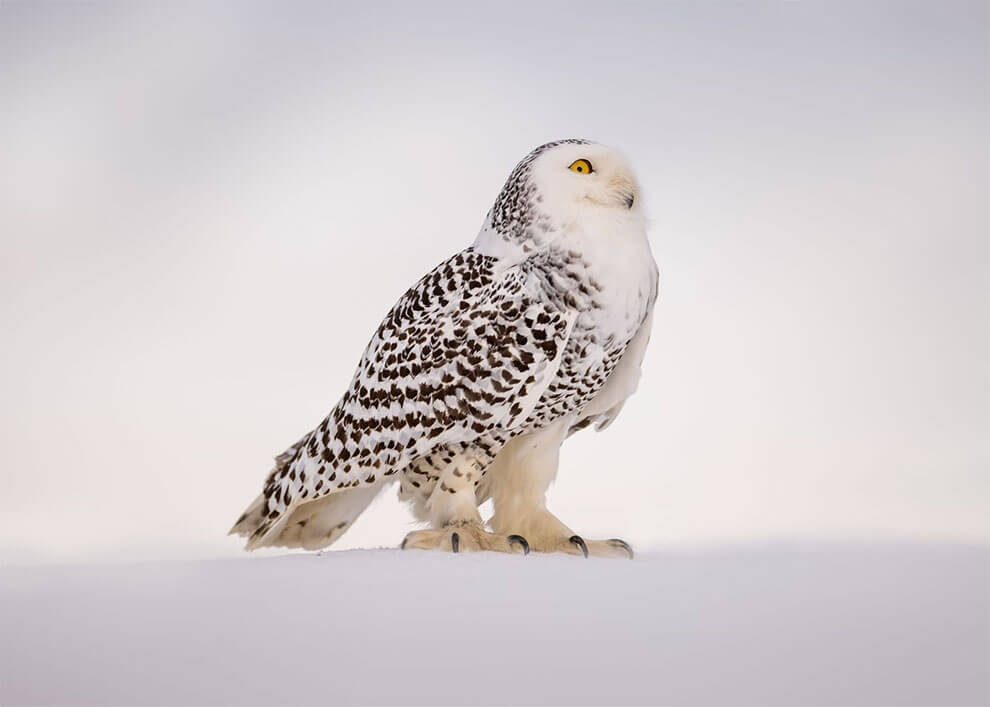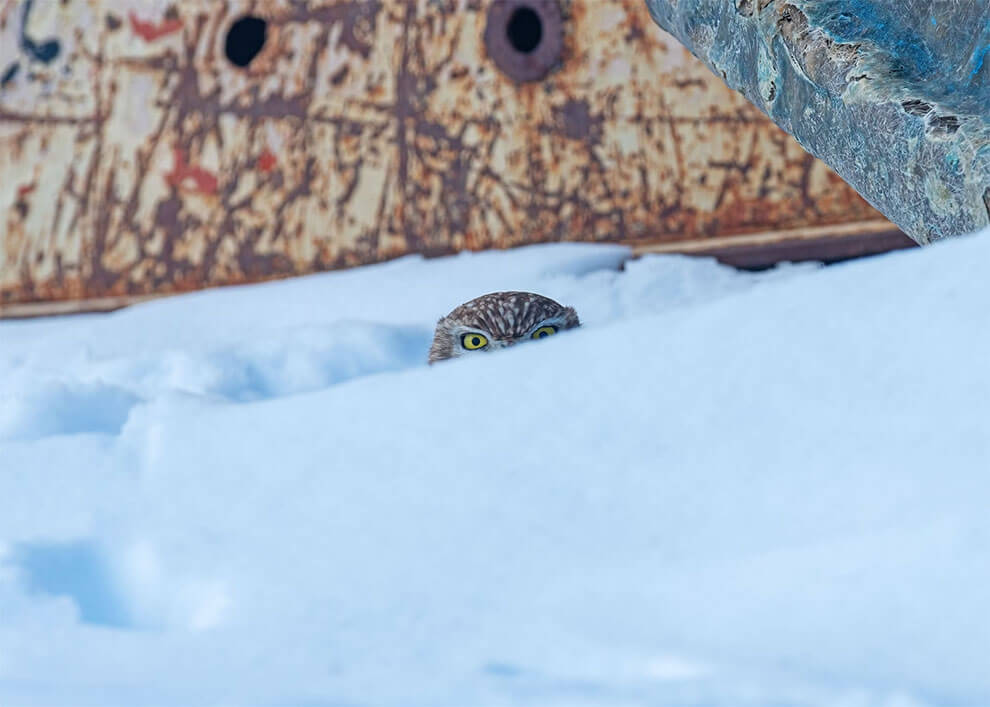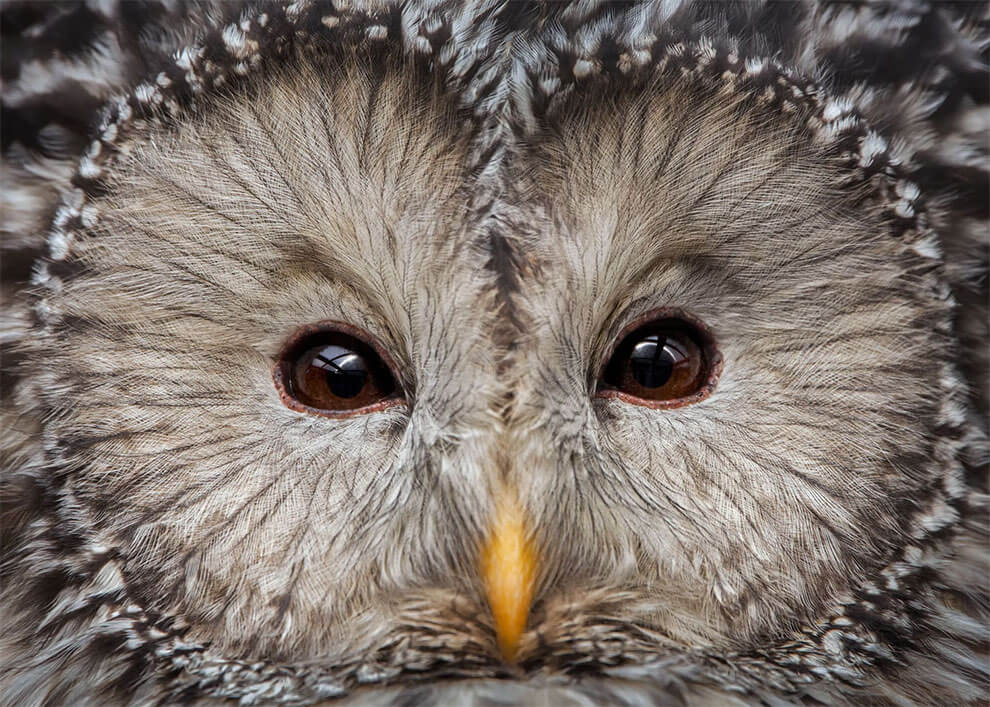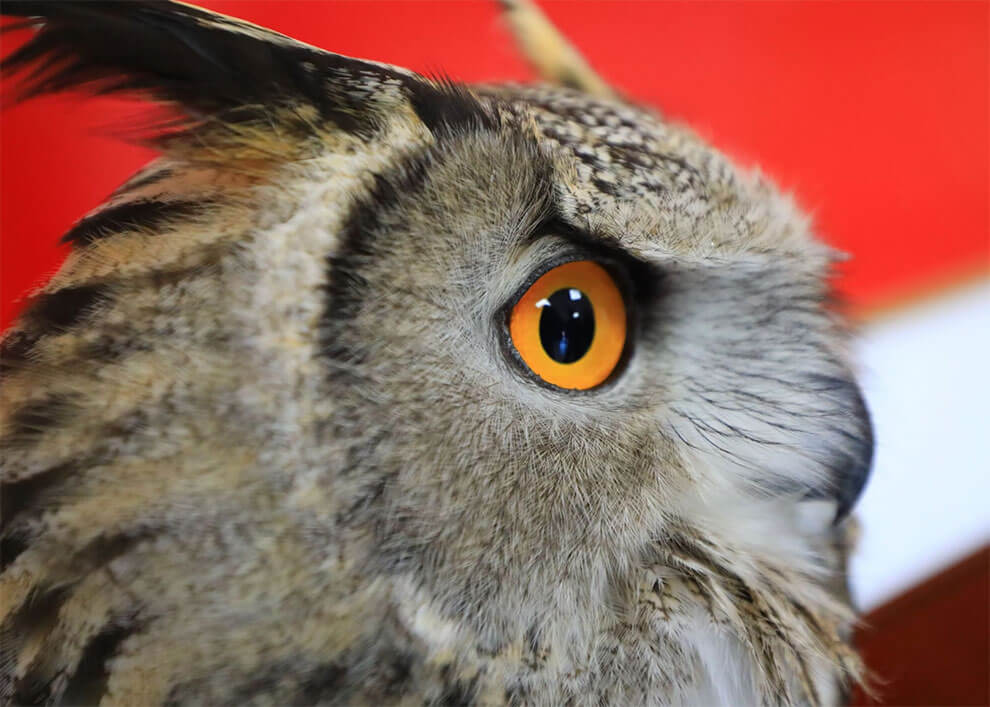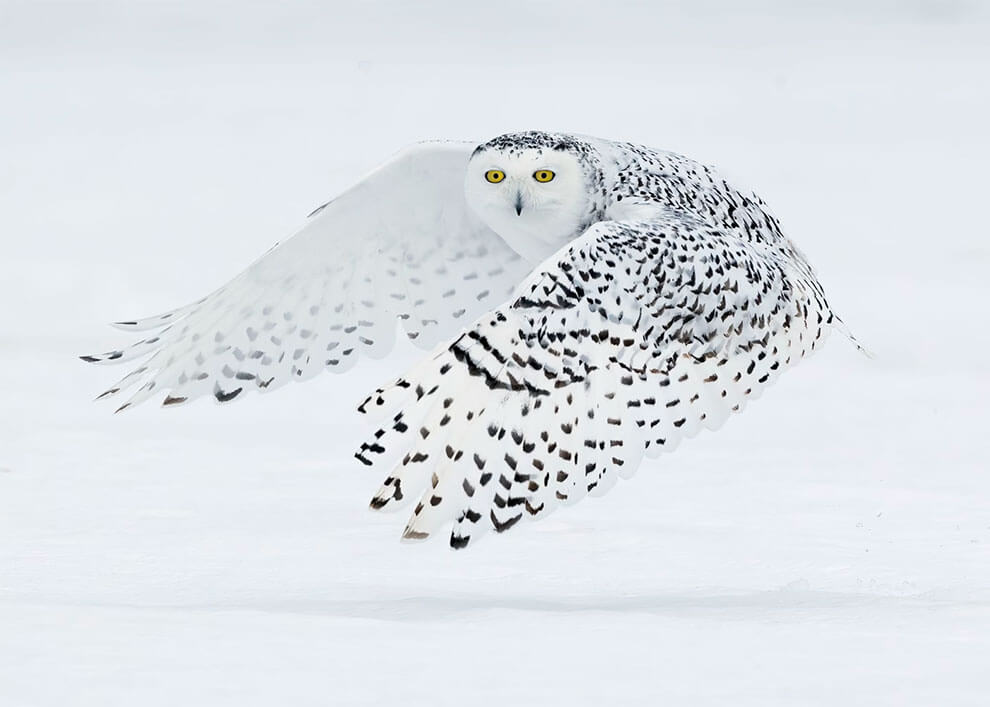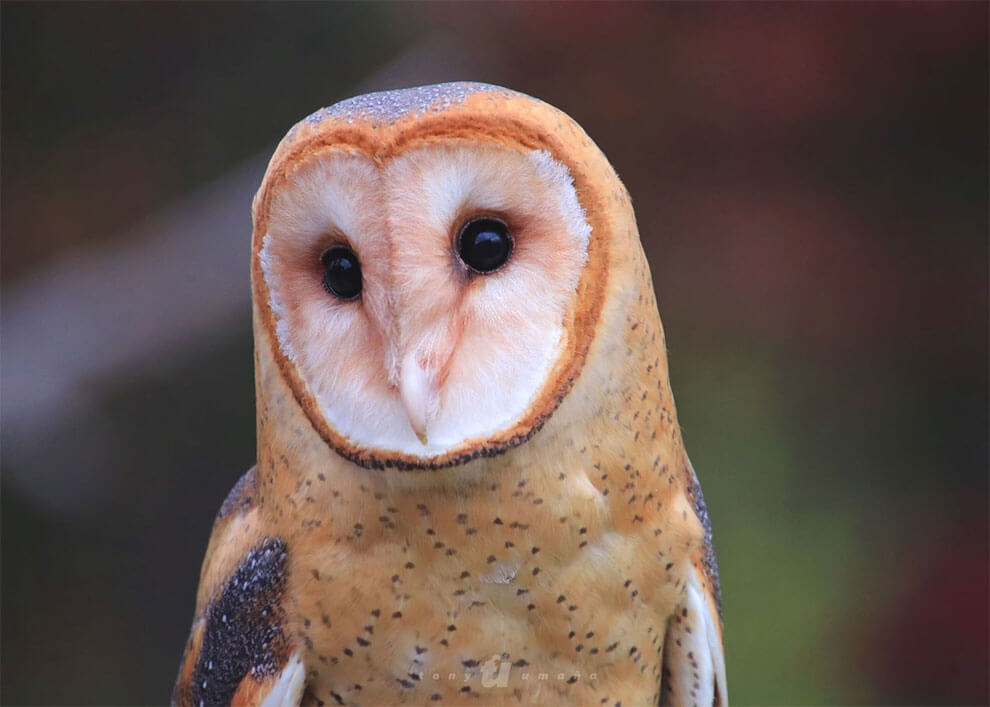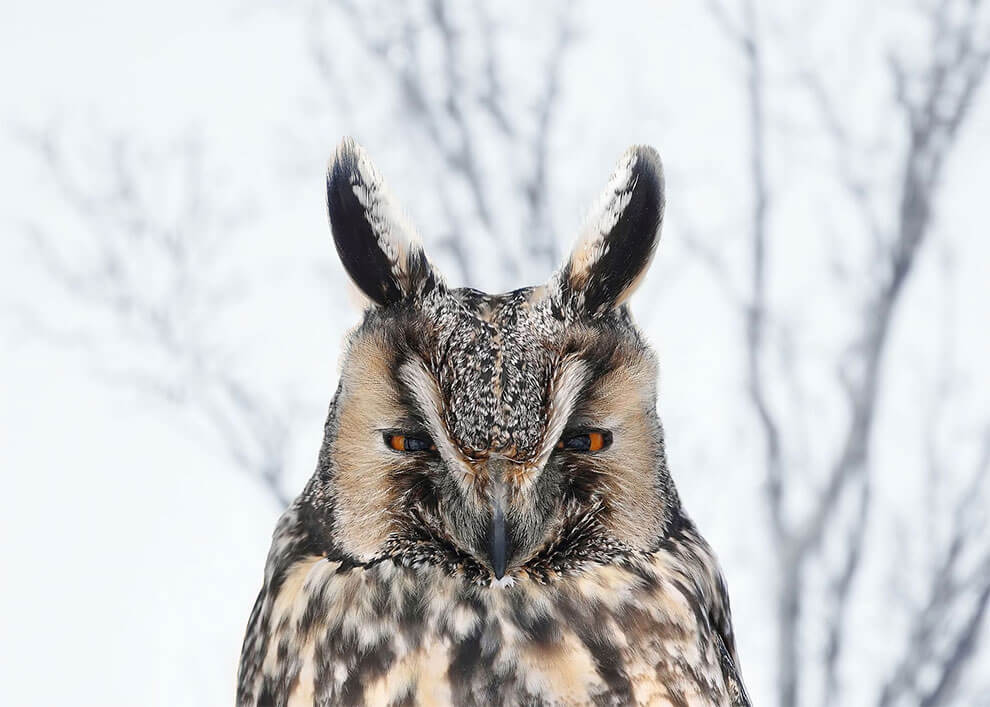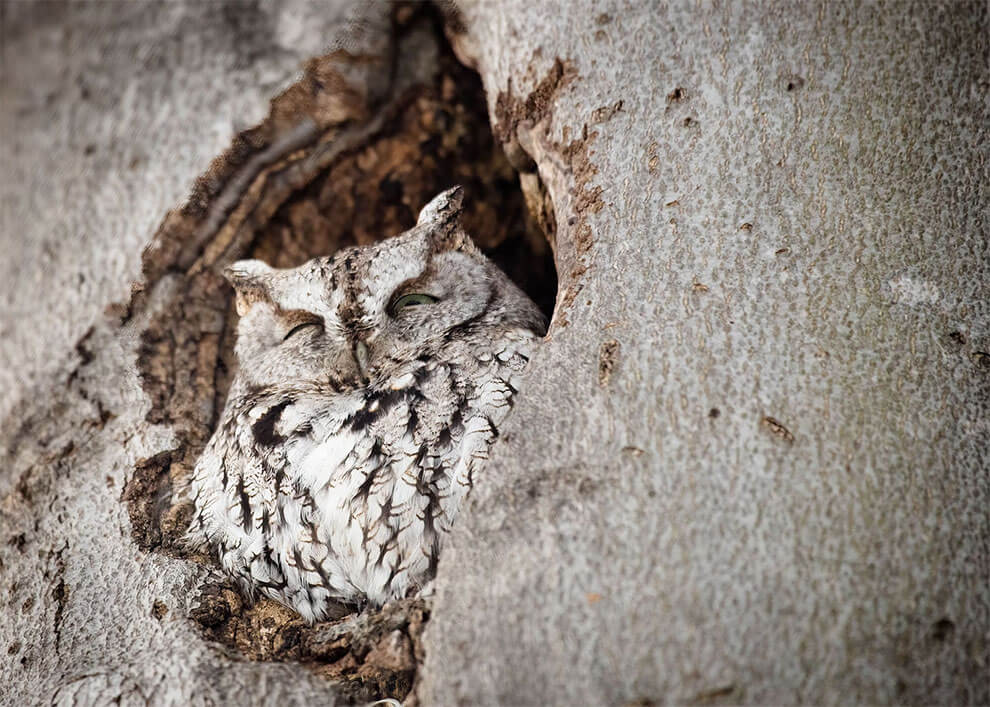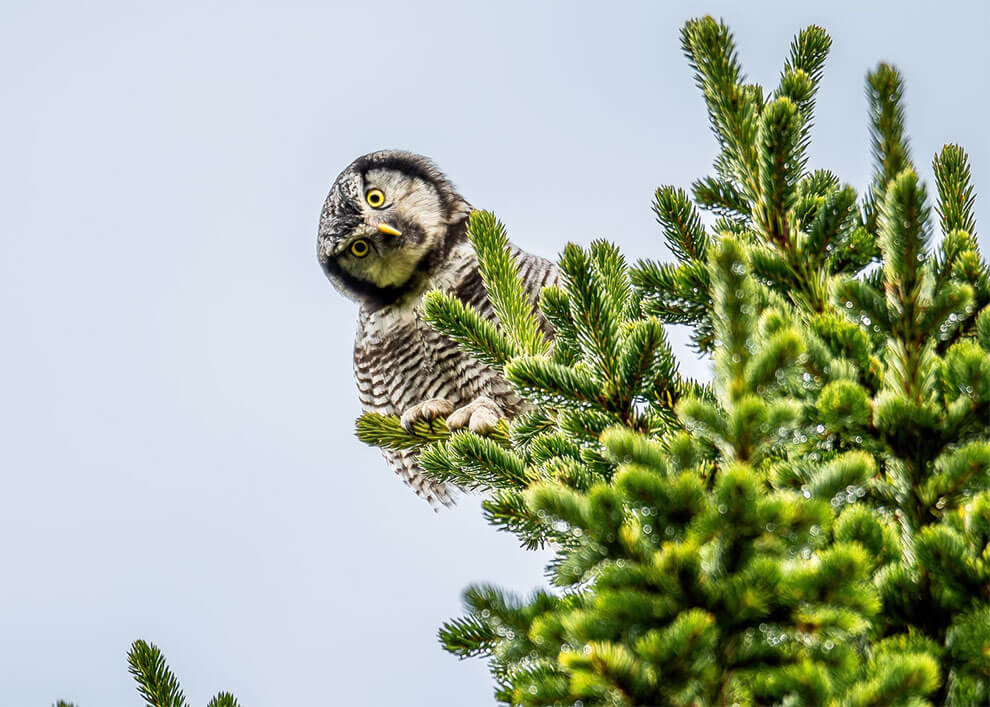Owls are fascinating and mysterious birds of prey that hunt in the darkness of night. Their large, bright eyes, incredible hearing, and silent flight make them skilled predators. Owls can be found all over the world except for Antarctica, and they exhibit a remarkable diversity of species.
Unique Features
- Eyes: Owls are known for their large, forward-facing eyes. These eyes allow them to see well in low light conditions.
- Hearing: Owls have incredibly sensitive hearing. Their asymmetrical ears help them to pinpoint the direction of sound with great accuracy.
- Flight: Owls have soft, downy feathers that allow them to fly silently. This feature is crucial for hunting prey in the dark.
- Head Rotation: Owls can rotate their heads up to 270 degrees. This ability allows them to scan their surroundings without having to turn their bodies.
Role in the Ecosystem
Owls play a vital role in controlling populations of rodents such as mice and rabbits. The predation of these rodents by owls helps to maintain the balance of the ecosystem.
Different Species
There are over 250 species of owls in the world. Some of the most well-known include the great horned owl, the barn owl, the screech owl, and the burrowing owl.
Threats
Owls face various threats such as habitat destruction, pesticide use, and illegal hunting.
Importance of Conservation
The conservation of owls is crucial due to their significant role in the ecosystem. Conservation efforts for owls can include habitat preservation, banning the use of pesticides, and public education.
Owls in Culture
Owls hold various symbolic meanings in different cultures. In some cultures, owls are symbols of wisdom and knowledge, while in others, they represent death and misfortune.
Conclusion
Owls are incredible and valuable birds that play a vital role in the ecosystem. Protecting these beautiful and unique creatures is essential for maintaining the balance of nature.
